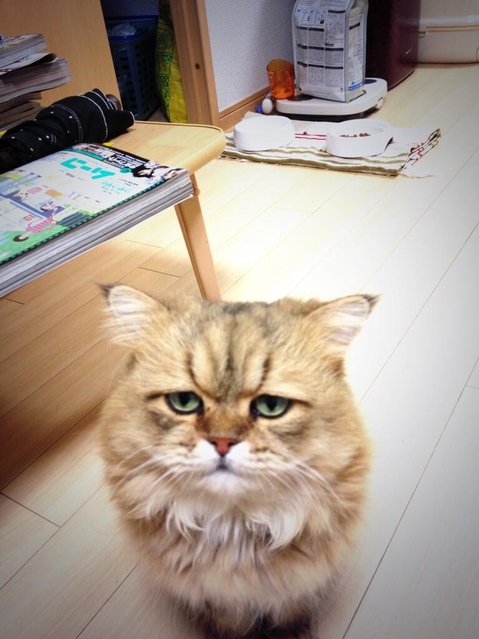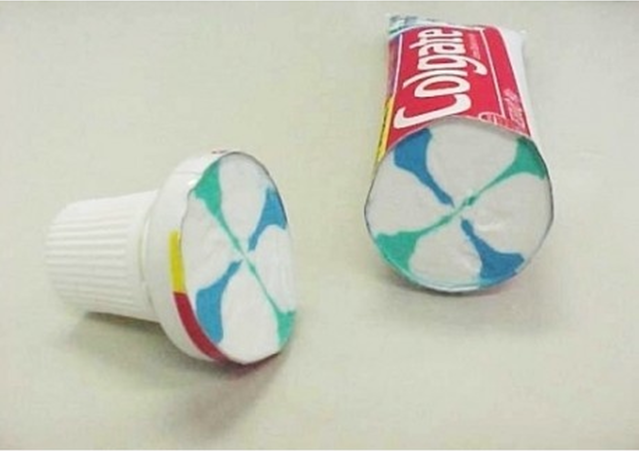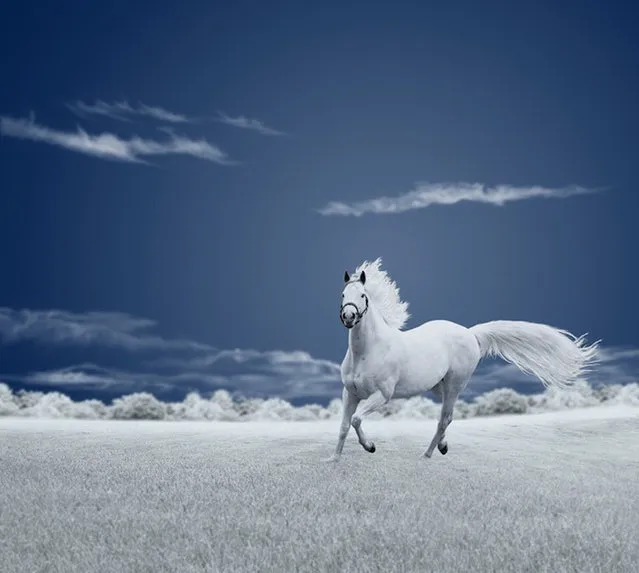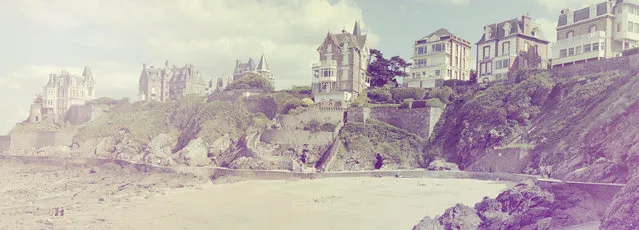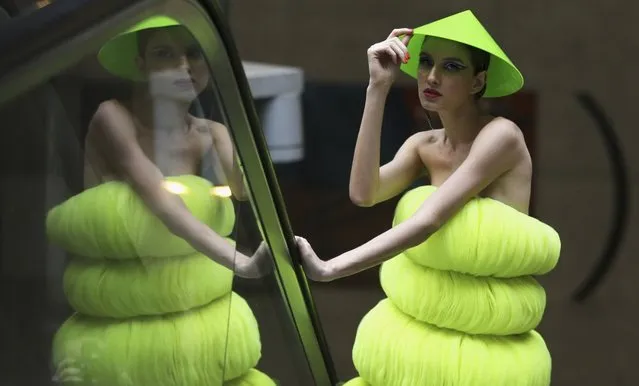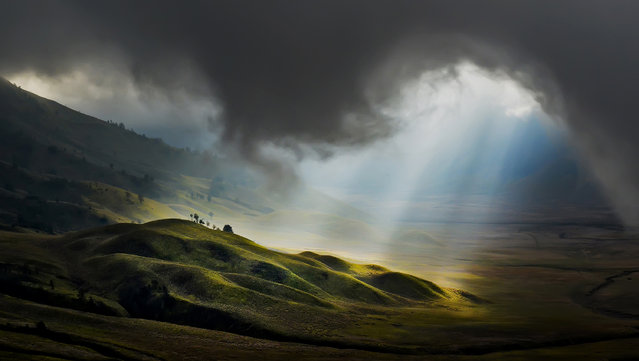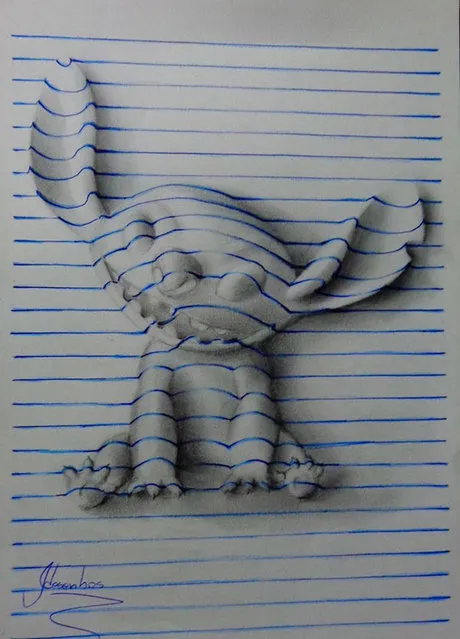
The illustrations created by Joao Carvalho are not just simple 3D drawings. By making it look as if various characters were drawn on regular note book paper, Joao fools our minds into thinking that the flat objects we see on the picture are actually 3-dimentional. To create these pieces of art, Joao first draws the lines of the “notebook” paper already bent, as if they stretch over the object that is about to be drawn. Then he applies shading and his masterpiece is all done! By looking at his pictures it is almost impossible to view them not as simple 2D drawings, but as real 3D objects. (Photo by Joao Desenhos)
16 Nov 2014 12:08:00,post received
0 comments

